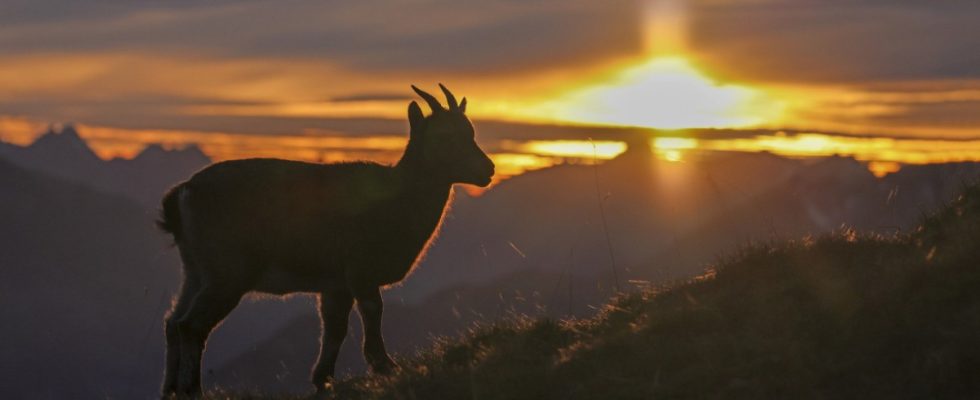Would you have no hesitation in staying at the Gasthaus Killer? Can you have fun at Hotel Kummer? At the Unruh Guesthouse? D rather not. How great does “La Posch – Your Bergaway” sound in comparison! According to its own advertising, the chalet village in Biberwier is a “meeting place for well-established traditions and newly discovered modernity”; the adults-only luxury huts are equipped with a sauna, whirlpool and every imaginable Pi-Pa-Posch.
But “Bergaway”? Literally translated, that means: mountain away. You don’t go to the mountains and then sit around without mountains, no matter how fancy the accommodation may be. Then maybe it’s better to go straight to the Puradies. That’s the name of a four-star superior hotel in Leogang with “Heaven-Spa” and the restaurant “ESS:ENZ”. The name suggests that everything here is idyllic and rural – although it is a fairly large luxury hotel with 76 rooms, suites and 14 huts in the middle of one of Austria’s largest ski areas.
How much money did the owners make for this wording?
After a few years of grammatically questionable hotels with names like “Das Salzburgblick” and “Das Tegernsee” being considered modern, artificial German words are now the latest hot shit. The former Alpengasthof Kröll in Königsleiten is now called: “My Alpenwelt”. Why not “Meine Alpenwelt” or “My Alpworld”? Or in Bavarian: “Mei, Alpenwelt”. The “Seemount”, an “Active Nature Resort” in See in the Paznaun Valley, used to be called “Hotel Holiday”, but if you enter the words “Hotel”, “Holiday” and “See” on Google, you will get thousands of suggestions. A consulting agency therefore created the distinctive “Seemount” brand; how much money the owners made for this wording is not known.
When Johann Wolfgang von Goethe trundled across the Alps in his stagecoach, there were no tourism advisors, only literary murmurs about southern countries where lemon trees bloomed. Inns along the stagecoach routes were mostly called “Zur Post”, sometimes also “Zum Adler”, “Zur Krone” or “Zum Hirschen”. Travelers used to have no choice but to stop off at the local inn, whatever it was called, at the end of a day’s journey. Nowadays the selection is unmanageable, so you have to attract attention somehow, preferably by name.
The transformation from Alpenblick to Bergaway is well advanced in many places in Tyrol. The former hotel “Zu den Drei Mohren” in Lermoos was given the half-woken name “Mohr Life Resort” some time ago. The metamorphosis of a hotel in Ried took place in three stages: What used to be called the “Zillertaler Grillhof” and was temporarily used as a “Pop Down Hotel” now operates as the “Mari Pop Hotel”. And the “Auracher Löchl” near Kufstein was renamed “Träumerei #8”. That no longer sounds like a hole, but like a numbered dream. Is that better?
The “Coolnest” in the Zillertal is already one step further and leaves no misunderstanding that it is a hip hideaway. Hideaway is always good, even if it’s right next to a gas station, freeway, and ski lift. Apparently, the restaurant there isn’t called the Zirbelstube, but “Coolinarium”, and the sauna area is called “Wellnest”. Holy Cool, or holy cow! You long for an old-school hut that simply has the same name as the mountain on which it stands.
Titus Arnu once stayed at a “Hotel Well” and was very disappointed that there was neither a spa nor a Wellcome sign.
(Photo: Bernd Schifferdecker (Illustration))

